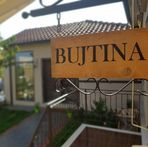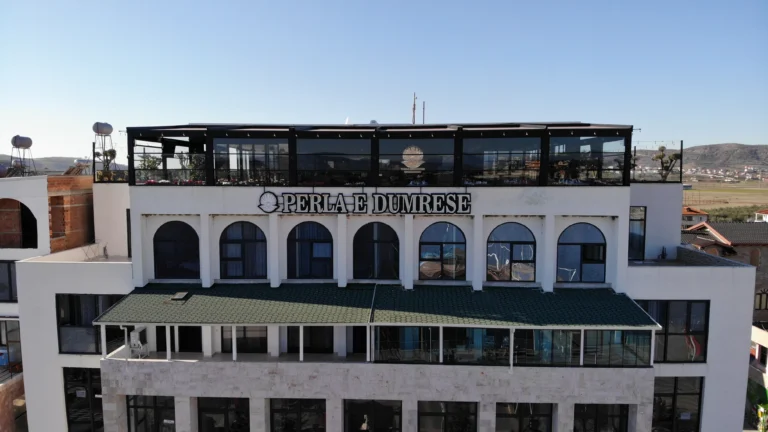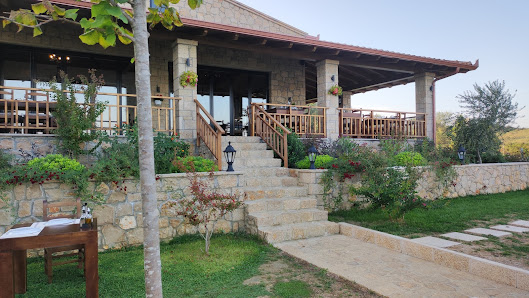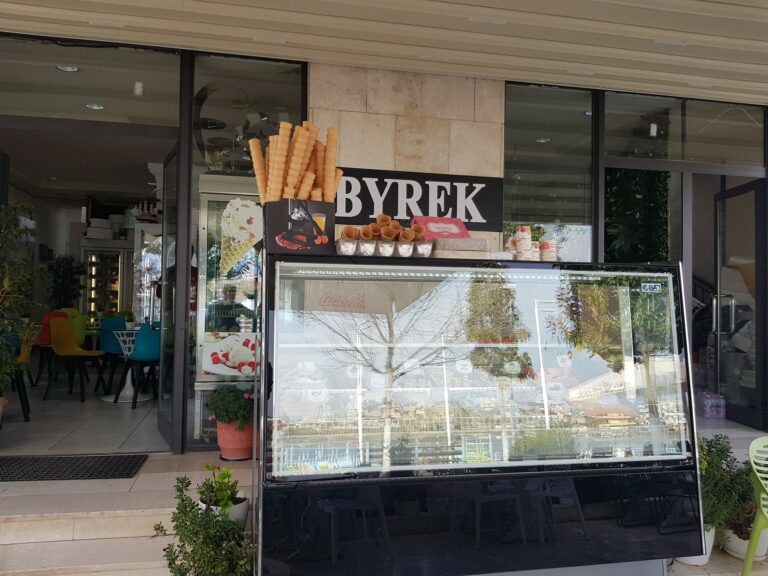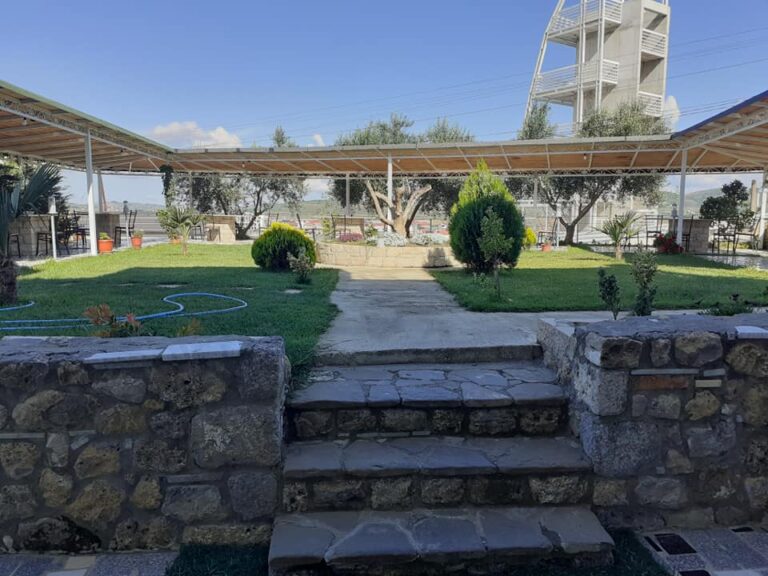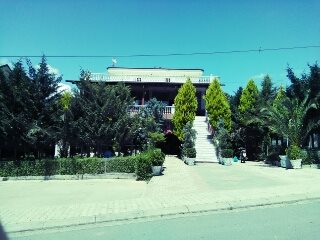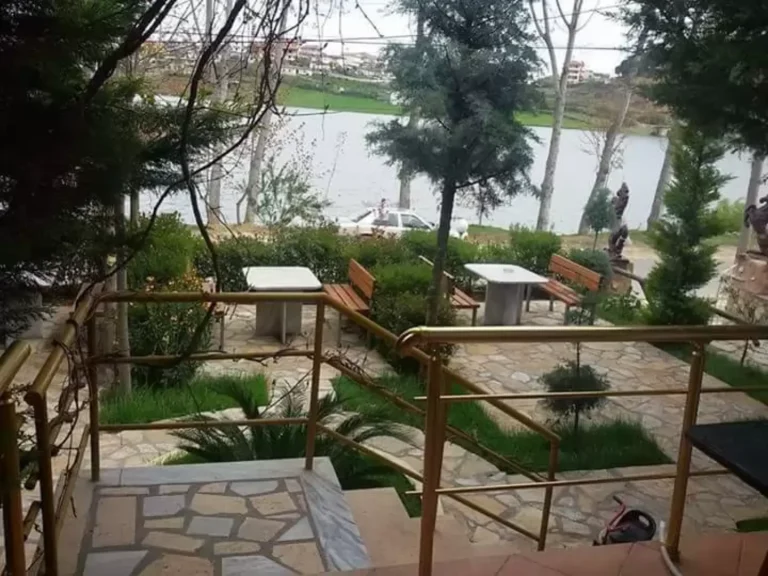Man-made attractions
Other types of accommodation
Food & Drinks
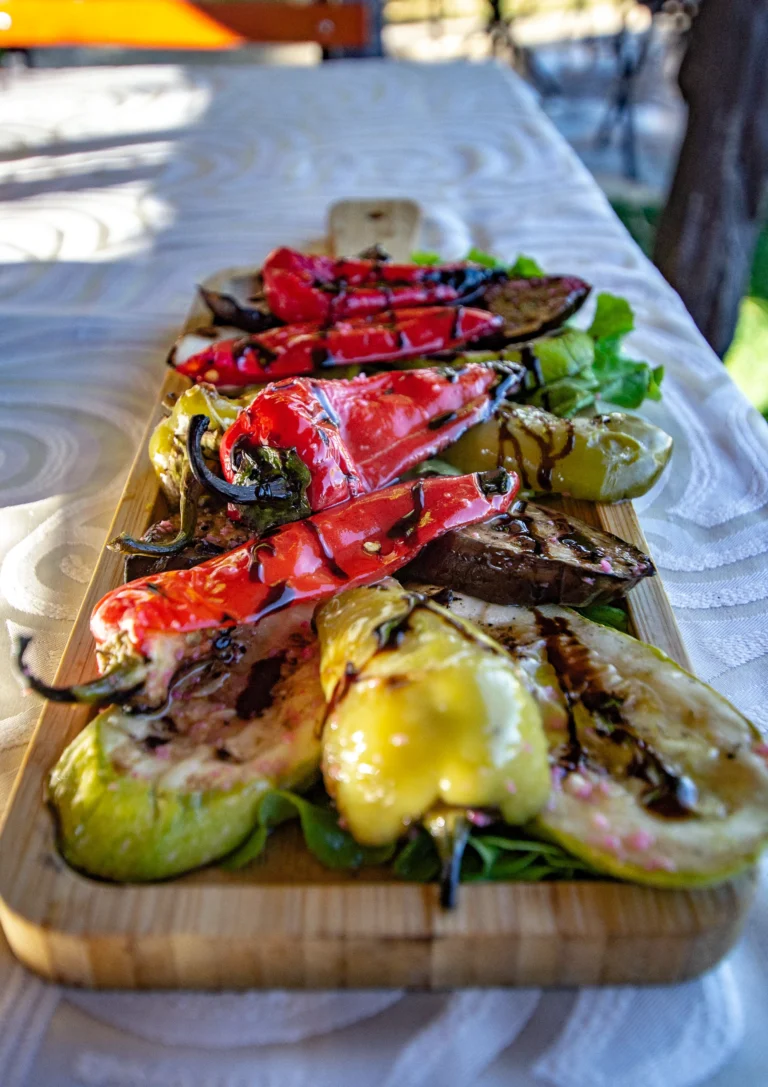
Interesting facts
Albania is a traditionally wine drinking country. The people of Albania drink wine in moderation and almost always at meals or social occasions. Albanians drink about 5.83 liters of wine per person per year, which has been increasing since the Albanian production of high-quality wine grows to meet demand. The origins of wine production in Albania can be traced back to 6,000 years and evidence suggesting wine production confirm that Albania is among the earliest wine producer in Europe.
Belsh Cuisine
Hospitality is a fundamental custom of Albanian society and serving food & drinks is integral to the hosting of guests and visitors. It is not infrequent for visitors to be invited to eat and drink with locals. The medieval Albanian code of honor, called Besa, resulted to look after guests and strangers as an act of recognition and gratitude.
Belsh cuisine represents the tradition of Center Albanian cooking variety. It is also an example of the Mediterranean diet based on the importance of the olive oil, fruits, vegetables, meat and fish (mostly lake fish in Belsh).
The cooking traditions of the central regions are slightly diverse from the rest in consequence of the environmental factors that are more importantly suitable for the cultivation of nearly all kinds of herbs, vegetables and fruits. Olive oil is the most ancient and commonly used vegetable fat in Albanian cooking produced since antiquity throughout the country particularly along the coasts.
The cuisine of the central region is threefold of rural, mountainous and coastal. The central region is the flattest and rich in vegetation and biodiversity as well as culinary specialties. It has Mediterranean characteristics due to its location to the sea, which is rich in fish. Dishes here include of several meat specialties and desserts of all kinds.
Fruits that are traditionally associated with Albanian cuisine include apple, grape, olive, orange, nectarine, blackberry, cherry, persimmon, pomegranate, figs, watermelon, avocado, lemon, peach, plum, strawberries, raspberry, mulberry and carnelian cherry.
A wide variety of vegetables are always used in Albanian cooking. Due to the different climate and soil conditions across Albania, cultivars of cabbages, turnips, beetroots, beans, potatoes, leeks and mushrooms can be found in a rich variety. Dried or pickled vegetables are also processed, especially in drier or colder regions such as in the remote Albanian Alps, where fresh vegetables were hard to get out of season. Particularly used vegetables include onion, garlic, tomato, cucumber, carrot, pepper, spinach, lettuce, grape leaves, bean, eggplant and zucchini.
Appetizers and salads
Popular appetizers in Albania includes wheat bread or cornbread, which remains one of the most important foods and are ever-present on the Albanian table. Hence the expression for ‘going to eat a meal’ (Albanian: për të ngrënë bukë) can be literally translated as ‘going to eat bread’. In Albania, bread is also used in the authentic Albanian hospitality saying of “bread, salt and heart” (bukë, kripë e zemër).
Vegetable salads are almost served along with both lunch and dinner, which in majority are dishes based on meat. The ingredients that are used always in salads are green or red peppers, onions, tomatoes, olives and cucumbers. Salads that are representative for the Belsh cuisine are dressed with salt, olive oil or lemon and balsamic vinegar. The usual dressings are based on garlic, lemon and black pepper.
An Albanian-style meze of fresh and cooked vegetable salads, pickled cucumbers and other vegetables, prosciutto ham, salami and feta cheese, accompanied with roasted bell peppers, olive oil and garlic is served at festive meals and in restaurants.
Fërgese, also known as Fërgese Tiranë, is a traditional vegetarian and a national dish in Albania made of green and red peppers, along with skinned tomatoes and onions and often served as a side dish to various meat dishes.
Japrak is a stuffed vegetable dish made with grape leaves, olive oil and stuffed with risotto rice, grilled beef and chopped onions and generally served cold with bread and tarator.
A variety of soups are enjoyed, particularly in the winter. Especially popular soups are potato, cabbage, bean and fish soups. Trahana is a popular soup in Belsh. It based on a fermented mixture of wheat and fermented milk. Other dishes include Groshët and Shqeto, which originated from Lunxheri region of Gjirokastër.
Meat and fish
Even though in Belsh the most common cultivation is that of vegetables, its cuisine is also meat-based. Beef and veal are the most commonly consumed meats in Belsh, followed by pork. Belsh has many small eateries specializing in beef and lamb, goat and veal. The most common poultry consumed is chicken. Chicken is prepared in a multitude of ways, from simple oven roasted to elaborate casseroles with rich sauces.
Fresh fish is a basic element of Belsh cuisine. Caught off the lake areas of the Dumre Plateau and also locally cultivated by its residents. Fresh fish is served whole, in the Mediterranean style, grilled, boiled, fried whole or in slices, dressed only with freshly squeezed lemon juice. Fish dishes are often flavored with white vinegar and virgin olive oil, which particularly grows in Belsh.
Tavë Kosi is a national dish in Albania that is beloved throughout the country. The speciality is a simple dish of baked lamb and rice, served with a flavored yogurt sauce. Recently, it has become very popular among the Greeks and Turks associated to the large Albanian diaspora in Greece and Turkey.
Qebapa are small homemade grilled meat skinless sausages made of lamb and beef mix. It is primarily served with onions, sour cream, ajvar and pita bread called pitalka.
Paçe is traditionally common in Albania. It is made with a sheep’s, pig’s or any cattle’s head, boiled until meat comes off easily. It is then stewed with garlic, onion, black pepper and vinegar. Sometimes a little flour is added to thicken the stew. It makes a hot and hearty winter stew.
Qofte are fried meatballs, which are usually made of minced meat, herbs and spices and cooked with tomato sauce and vegetables or beans. Throughout the country there are few specialized shops called Qofteri, which offer qofte and beer.
Related Article
Drinks
Tea is a widely consumed beverage throughout Albania, so does in Belsh, and particularly served at cafés, restaurants or at home. The region is rich in the cultivation of a wide range of herbs. The most popular varieties of tea drinking in Belsh include Albanian-style mountain tea, which grows in the Albanian mountains and villages, and Russian and Turkish-style black tea with sugar to tea with lemon, milk or honey.
Coffee is another popular beverage too. There are various varieties of coffee popular in Belsh, including filter coffee and instant coffee such as espresso, cappuccino, macchiato, mocha and latte. Cafés are found everywhere in urban areas and function as meeting places for socializing and conducting business. Almost all serve baked goods and sandwiches and many also serve light meals.
Dhallë is a traditional and healthy yogurt-based drink in Belsh made by blending yogurt with water or milk and spices, especially with oregano that is widely cultivated in Belsh. It is especially popular during the summer month and it may be served with salt, according to taste.
Raki is another most popular spirit in Belsh. It is considered as the national spirit beverage of Albania. The most common types of raki in the region are grape, plum or blackberry. It is commonly served to the older people and is heated and sweetened with honey or sugar, with added spices.
Pastries and desserts to find in Belsh
There is a strong tradition of home baking in the country and patisseries are present in every city and village across the country. Entirely Albanian desserts and pastries consist primarily of fruits including oranges and lemons that grow as well as in the country. Traditionally, fresh fruits are often eaten after a meal as a dessert. Those dishes are inspired from both Western and Eastern civilizations.
Bakllava is made frequently in Belsh, especially around certain religious holidays of Muslims, Catholics and Orthodox. It is prepared on large trays and cut into a variety of shapes. Baklava is either with hazelnuts or walnuts sweetened with syrup.
Petulla is a traditional fried dough made from wheat or buckwheat flour, which is as well a popular dish among the Albanians and served with powdered sugar or feta cheese and raspberry jam.
Ballokume is an Albanian cookie, which originated in Elbasan during the Middle Ages and prepared every year on Summer Day, a public holiday in the country. It has to be brew in large copper pots, tightly whipped with a wooden spoon and baked in the wood oven.
Fruit jam, also known as Reçel, is enjoyed all year in Albania and a major component of the Albanian cooking tradition. The fruit preserve is made by cooking the juice of the fruit or the fruit itself, which usually grow in Albania, with sugar. It is served too many dishes as a side dish.
Various kinds of hallvë are prepared across the country with some of the most common types being flour halva. Although home-cooked semolina halva and shop-produced sesame halva are also consumed. It is a typical sweet in local religious fairs around Albania.
Kadaif is a pastry made from long thin noodle threads filled with walnuts or pistachios and sweetened with syrup, it is sometimes served alongside baklava.
Eklera are made from choux pastry, filled with a cream, vanilla, coffee or chocolate-flavored custard and then topped usually with fondant icing
Ashure, the world oldest dessert, is served especially during Muslim holidays. It is a congee that is made of a mixture consisting of grains, nuts as well as fruits and dried fruits.
Pies
Albanian pies are among the most characteristic and emblematic dishes in traditional cuisine. They can be either sweet or savory. Thus, a piece of such a pie may well serve as the main dish of a meal.
Pite is considered as well as one of the national foods of Albania and most of Albanians. Pite is a pie made up of homemade filo pastry with many different types with the most common being Pite me Spinaq, Pite me Mish and Pite me Djath. Several internationally renowned musicians of Albanian heritage such as Rita Ora, Dua Lipa and Action Bronson have spread their passion about this Albanian dish.
Flia is a traditional layered pancake brushed with cream made with simple ingredients and baked slowly over a few hours. It is often served hot, fresh and with pickled vegetables, honey, yogurt or fruit jam. Nowadays, flia mainly features in large social gatherings, weddings, births and other ceremonies and events.
Bakllasarëm is a layered pie, otherwise known as Pite, without anything inside, which is covered with yogurt and garlic and then heated again. It is particularly eaten for lunch. Another popular dish is Kungullur, which is made of filo pastry layers filled with mashed pumpkin, butter, salt or sugar.
Notable pies include Byrek, Pepeq, Shaprak, Qollopita and Lakruar that is similar to burek however, it has layers of filo dough with onion, olive oil, eggs. It is specialty of South regions in Lunxheri.
